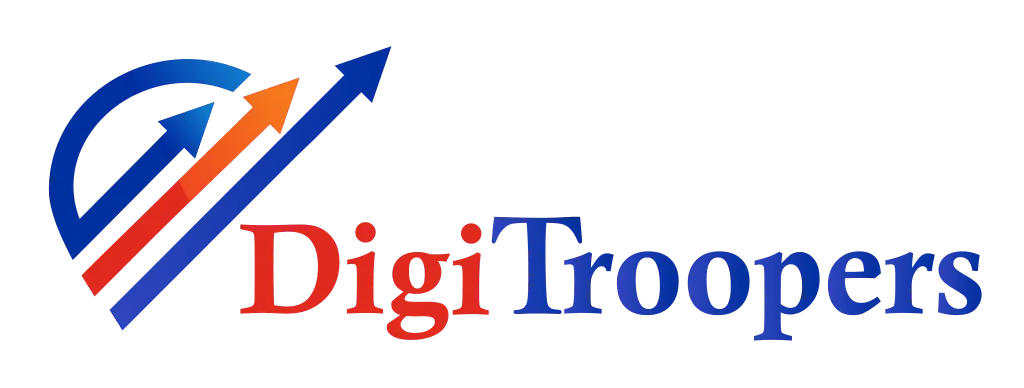I have already touched upon why it is absolutely necessary for every business to set at least one SMART PPC campaign goal in line with its business model.
Paid advertising on digital platforms can be quite daunting for non-tech entrepreneurs or those who have just gotten their feet wet in the competitive world of digital marketing. The best thing about PPC advertising is that everything in terms of campaign performance is measurable.
The purpose of this blog post is to introduce the most frequently used goals for PPC campaigns and give you a quick overview of how experts incorporate them in their marketing strategy. Charting out your business model would go a long way towards deeply understanding what you are trying to achieve through PPC marketing campaigns.
All businesses desire to drive more revenue, lower customer acquisition costs and increase ROI/ROAS. But, merely stating these “desires” as goals and objectives would not allow you to gauge the success of your marketing efforts.
These are just metrics to track or overarching objectives used as guideposts across all business models. Goals and objectives which are not specific, measurable, attainable, relevant, or time-bound are a catastrophic waste of resources.
Let us now discuss what specific types of PPC goals and objectives are advantageous to the following popular business models.
Brick & Mortar Retail / Multistore in PPC Campaign
Business Model Specific Goals
Increase in-store (physical) footfall, generate telephone or online inquiries, increase revenue, Increase net profit.
Traditional brick & mortar businesses with a physical storefront may be based at a single location or at multiple locations. Such businesses are nowadays resorting to the use of digital marketing to achieve their commercial goals.
PPC advertising such as local ads, display network ads as well as search ads may prove to be useful for brick & mortar stores. These ads would have to be optimized for location, demographics, time, and particulars days for example cultural or local holidays.
Online Retail / B2C
Business Model Specific Goals
Increase revenue, Obtain contact information, Increase brand exposure/awareness, Garner interest in contests, Increasing conversions, Encourage Product Trial, Increased Average Order Value, Increase Unit Sales, Get request for product samples
Consistently generating profitable sales is the most important factor for successful eCommerce ventures. Online retail businesses rely heavily on PPC Ads to keep making sales or launching new products and running promotions.
Since online businesses are fully digitalized their performance analytics and metrics are easily tracked in as much detail as is required. These businesses make full use of shopping campaign ads (carousel format) to promote products.
Ads drive traffic to their landing pages, where prospects can be converted. High commercial intent keywords (which may be relatively expensive for PPC Ads) are used to target the hottest prospects. The added expense is usually a worthwhile investment to drive sales.

Online Wholesale / B2B
Business Model Specific Goals
Lead generation, generate inquiries, collect contact information for inside sales, Product demo requests.
B2B businesses and even those B2C selling high ticket products across an array of industries are eager to generate hot leads that can be nurtured to convert into sales. PPC-based Text and Display Ads contain a compelling USP and clear call to action.
Display ads are wonderful at directing prospects because they can be programmed to appear on websites relevant to your target market. These Ads direct prospects to landing pages with a short product pitch and a compelling call to action.
The prospects are presented with a form to collect lead information for or served a competitive quotation on demand. Audience selection is important here and so is the use of well-known appropriate social media ads platforms.

Content Publishing / Affiliate Marketing
Business Model Specific Goals
Build awareness, Increase website traffic, Subscriber sign-ups, Content downloads, Ebook downloads, Display Ads CTR / Affiliate links CTR.
Publishers want to engage prospects with their digital content. The benefit they gain from traffic on their websites is through Display Ad revenue, affiliate commissions, or even subscriptions.
To meet their business goals, they seek to first put links to their content in front of prospects and then have them so engaged, that they are able to retain their site visitors as loyal consumers.
Through PPC campaigns the image of a brand is implanted into the minds of users. Further, through analytical tools, impressions, engagement, reach and frequency can be tracked. This data can be used for remarketing and offer customization.

Services Industry
Business Model Specific Goals
Lead generation, Get quote requests, Get contact requests, Obtain information on prospects through form submissions, Get subscribers, Lead engagement through live chat or telephonically, Get requests for more information on offers, Gain and retain more loyal patrons, Get request for service trials, Get requests for appointments.
As far as PPC Ads for services industries are concerned, demographic targeting and device targeting is of the utmost importance. Service-related business models monitor the number of leads generated, cost incurred per lead, and the lead close rate.
Marketers constantly track clicks to survey the profile and analyze the behavior of website visitors. Potential consumers are to be nurtured through a compelling call to action pulling them through the sales funnel. Various strategies are deployed to manage the customer journey.

SaaS Industry
Business Model Specific Goals
Downloads (Software, Whitepapers, Case Studies, Guides, Spec Sheets), Subscription, Service Trial / Lead generation.
Goals for SaaS business models vary depending on the nature of vertical, niche, utility, use case, and price of the software. For low-cost, platform-dependent, or portable software, the main metric is the number of downloads.
For enterprise-grade, large, expensive, or platform independent software being served from a cloud the primary goal may be trials and lead generation. PPC Ads run to promote SaaS rely on advanced advertising tactics relying heavily on demographic, psychographic data, and device targeting.
Non-Profits
Business Model Specific Goals
Lead generation for donors, Lead Generation for Volunteers, Traffic to a website, Donations collected, Webinar signup, Event signup, Email signup.
Non-profit businesses may have the widest variation in goals and objectives depending on their nature and purpose. This is because non-profit organizations are involved in community/social service, awareness, and activism for various causes or even political campaigns.
The primary aim of non-profits is to build awareness and remain prominent in the public eye.

Takeaway
I hope you have a fair idea of the most often used PPC campaign goals and objectives that are used by popular business models. You can use this information to create an outline of your PPC marketing strategy.
This outline can be used to support discussion with your team or digital marketing agency and help create a viable implementation plan. DigiTroopers can help you set baseline targets, pinpoint metrics, and SMART KPIs before spending any money on ads. So, you can also contact us for your PPC Management Services.


 +1 (253) 528-4057
+1 (253) 528-4057  +966 507438993
+966 507438993 
